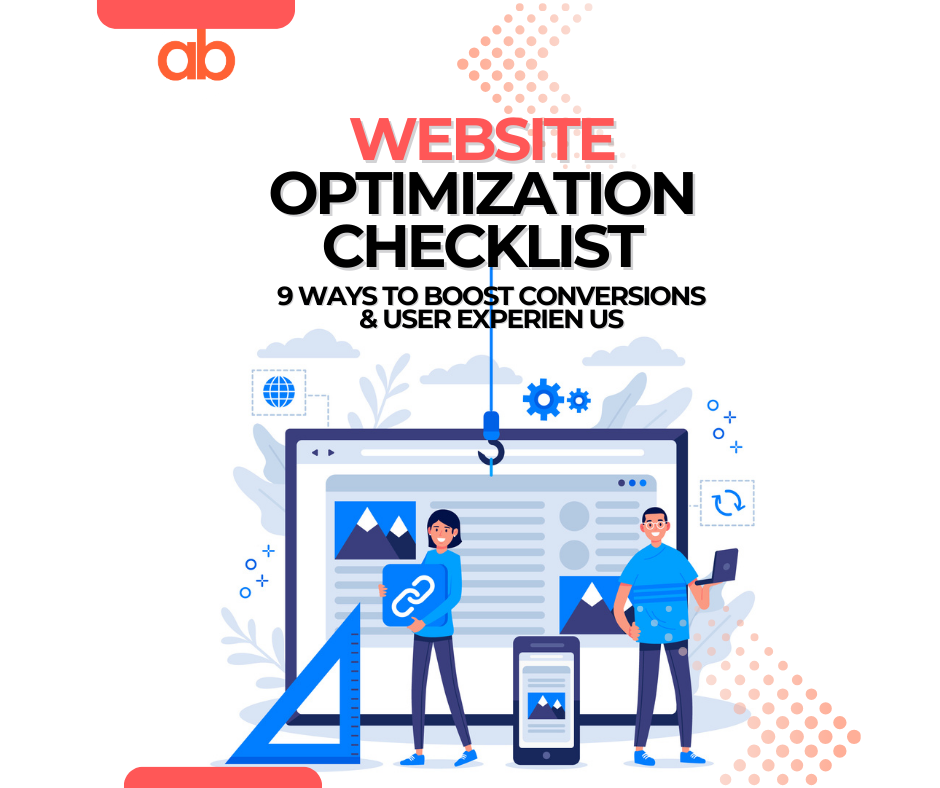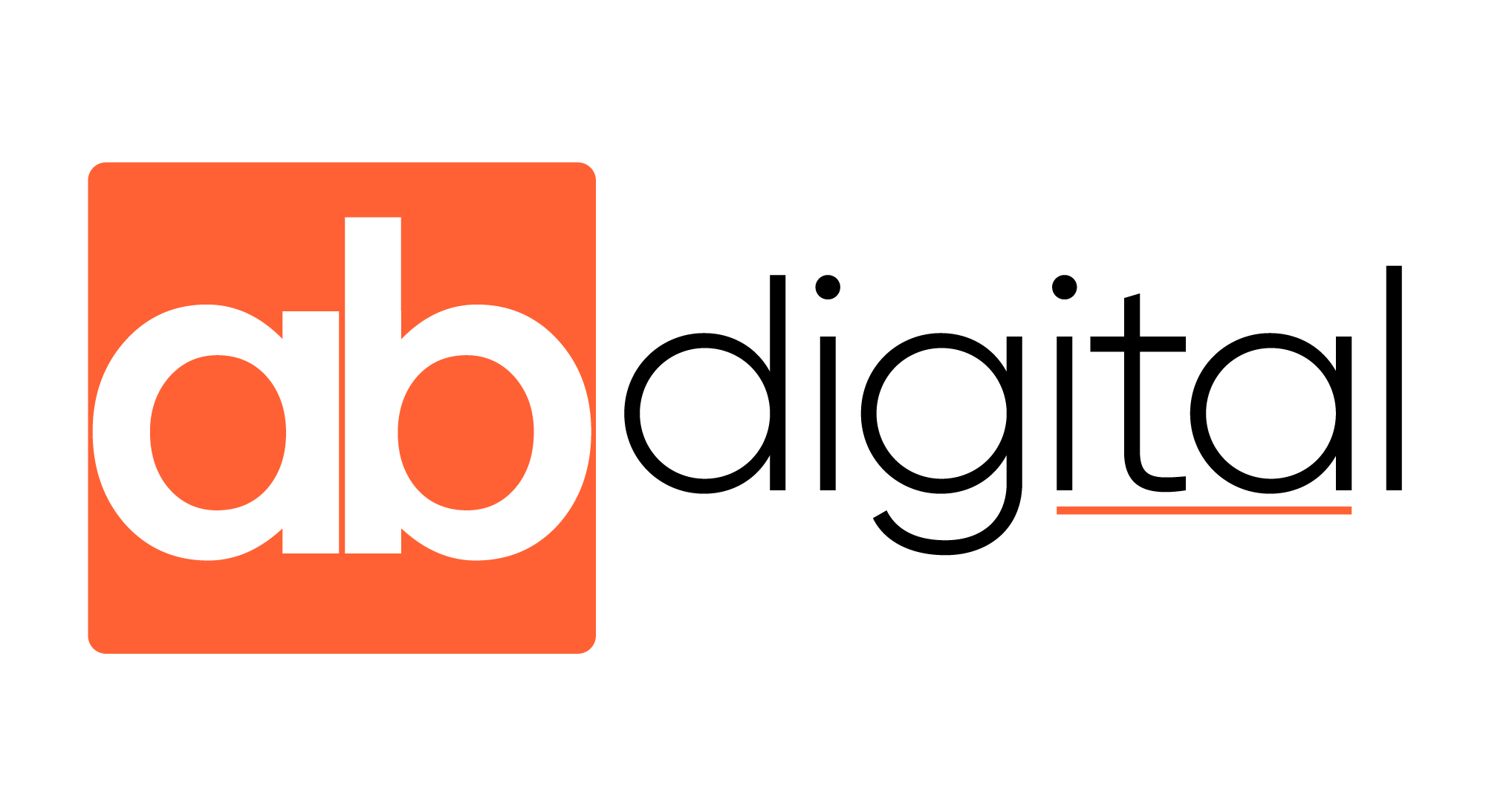Think of this website optimization checklist as your website’s wellness plan – a little TLC to boost those conversions and make your users go ‘Wow!’ Let’s dive in!
Your website is your online storefront, and just like a brick-and-mortar shop, it needs to be inviting and user-friendly. Why? Because a happy visitor is a potential customer. So, here’s your one-stop-shop checklist for turning your website into a user-friendly haven.
1. Mobile Responsiveness
Think mobile-first! Check if your website looks as good on phones and tablets as it does on a computer. No one likes to pinch and zoom.
- Prioritize Responsive Design: Ensure your website is built with a responsive design that adapts seamlessly to various screen sizes. Responsive design allows your site’s layout and content to adjust dynamically, providing an optimal viewing experience for users on smartphones, tablets, and desktops.
- Optimize Images for Mobile: Compress and optimize images to reduce file sizes without compromising quality. Large image files can slow down page loading times, especially on mobile devices with slower internet connections. Use responsive images and consider lazy loading to improve performance.
- Test Across Devices: Regularly test your website on different devices and browsers to identify any issues with mobile responsiveness. Utilize online testing tools and browser developer tools to simulate various devices. Pay attention to touch interactions, navigation, and overall usability to ensure a smooth experience for mobile users.
2. Page Speed Optimization
Speed matters! Slow-loading pages can turn away visitors faster than you can say ‘buffering.’ Optimize images, leverage browser caching, and let’s get those pages sprinting!

- Optimize Images: Compress and resize images to reduce their file size without sacrificing quality. Consider using image formats like WebP, which maintains high quality while offering smaller file sizes. Additionally, leverage lazy loading to ensure images load only when they are about to be displayed, enhancing overall page speed.
- Minimize HTTP Requests: Reduce the number of elements on a page, such as scripts, stylesheets, and images, as each of these elements requires a separate HTTP request. Combine CSS and JavaScript files, use CSS sprites for multiple images, and limit the use of third-party scripts to streamline your page and decrease loading times.
- Utilize Browser Caching: Implement browser caching to store static files on a user’s device temporarily. This way, when a visitor returns to your site, their browser can retrieve certain resources from the cache instead of re-downloading them. Adjust cache expiration settings to balance website updates with the benefits of faster loading for returning visitors.
3. User-Friendly Navigation
Make it easy for your visitors to find what they’re looking for. Intuitive menus and clear calls-to-action are your best friends here.
- Clear and Intuitive Menus: Design your website’s navigation menus to be clear and intuitive. Use straightforward labels that visitors can easily understand. Keep menus organized with a logical structure, grouping related pages or categories together. A well-organized menu helps users quickly find what they’re looking for.
- Consistent Navigation Across Pages: Maintain consistency in navigation elements throughout your website. Users should have a familiar experience as they move from one page to another. Keep the placement of menus, buttons, and navigation links consistent to avoid confusion and enhance the overall user experience.
- Use Descriptive Call-to-Action Buttons: Implement descriptive call-to-action (CTA) buttons that guide users on the next steps. Instead of generic labels like “Click Here,” use action-oriented and descriptive text that informs users about the outcome of clicking. For example, use “Explore Services” or “Download Free Guide” to provide clarity and encourage engagement.
4. Content Optimization
Sprinkle some SEO fairy dust on your content. Use keywords naturally and incorporate eye-catching visuals – because who doesn’t love a good meme or infographic?
- Engaging and Readable Content: Create content that is not only informative but also engaging and easy to read. Use short paragraphs, subheadings, and bullet points to break up text. Incorporate visuals like images, infographics, and videos to enhance understanding and keep your audience interested.
- Strategic Use of Keywords: Conduct keyword research to understand what terms your target audience is searching for. Integrate relevant keywords naturally into your content, including in titles, headings, and throughout the body. However, avoid keyword stuffing, as it can negatively impact readability and SEO.
- Regularly Update and Refresh Content: Keep your content up-to-date to maintain its relevance and accuracy. Search engines favor fresh content, and regularly updating your material can positively impact your website’s search engine rankings. Additionally, provide links to newer content within your existing articles to encourage further exploration on your site.
5. SEO Best Practices
Speaking of SEO, let’s demystify it. Meta tags, headers, and keyword research – learn the basics to make your website more search engine-friendly.
- Keyword Research: Conduct thorough keyword research to identify relevant terms and phrases your target audience is likely to search for. Use tools like Google Keyword Planner or other SEO tools to discover high-volume, low-competition keywords. Incorporate these keywords strategically into your content, including titles, headings, and meta descriptions.
- Quality Content is Key: Prioritize the creation of high-quality, valuable content that addresses the needs and interests of your audience. Search engines reward well-written, informative content. Aim for content that is engaging, shareable, and encourages backlinks from other reputable websites, which can positively impact your search engine rankings.
- Optimize On-Page Elements: Ensure on-page elements are optimized for search engines. This includes using descriptive and concise meta titles and meta descriptions. Use header tags (H1, H2, H3, etc.) to structure your content logically and help search engines understand its hierarchy. Don’t forget to include alt text for images to enhance accessibility and provide additional context for search engines.
6. Security Measures
Lock the virtual doors! Ensure your website is secure with HTTPS. Your visitors should feel as safe as a squirrel storing nuts for winter.
- Implement HTTPS: Ensure your website uses HTTPS (Hypertext Transfer Protocol Secure) to encrypt data transmitted between the user’s browser and your server. This not only protects sensitive information but also improves your site’s trustworthiness. Many users look for the padlock icon in the address bar as a sign of a secure connection.
- Regular Security Audits: Conduct regular security audits to identify vulnerabilities and potential threats. Use security tools to scan for malware, check for outdated software, and assess the overall security posture of your website. Promptly address any identified issues to minimize the risk of security breaches.
- Keep Software Updated: Regularly update all software, including your content management system (CMS), plugins, and themes. Outdated software may have vulnerabilities that can be exploited by hackers. Set up automatic updates when possible, and regularly check for updates to ensure your website is running on the latest, most secure versions of all components.
7. Conversion Rate Optimization (CRO)
Turn curious clickers into loyal customers. A/B test your calls-to-action and see what makes your visitors do a little victory dance.
- Streamline Call-to-Action (CTA) Elements: Make your calls-to-action (CTAs) clear, compelling, and strategically placed. Use action-oriented language that prompts users to take the desired action, whether it’s making a purchase, subscribing, or filling out a form. Experiment with different button colors, sizes, and placements to find what resonates best with your audience.
- A/B Testing: Implement A/B testing to compare different versions of your web pages and identify which elements contribute to higher conversion rates. Test variations of headlines, images, CTA buttons, and overall page layouts. Analyze the results to refine your website elements continuously and optimize for improved conversion rates.
- Improve Page Load Speed: Users are more likely to convert when your website loads quickly. Optimize your page load speed by compressing images, minimizing HTTP requests, and utilizing browser caching. A faster website not only enhances user experience but also reduces the likelihood of visitors abandoning your site before completing the desired action.
8. Social Media Integration
Share the love! Integrate social media buttons and let your content shine on different platforms. The more, the merrier!
- Add Social Sharing Buttons: Include social sharing buttons on your website, particularly on blog posts, product pages, and other shareable content. This encourages visitors to easily share your content on their preferred social media platforms, expanding your reach and increasing engagement.
- Embed Social Feeds: Integrate live social media feeds directly on your website. This not only adds dynamic and fresh content but also showcases your social presence to visitors. Embedding feeds from platforms like Instagram or Twitter can enhance the overall user experience and keep your website content up-to-date.
- Encourage User Engagement: Actively engage with your audience on social media by responding to comments, messages, and mentions. Encourage user-generated content and reviews, and showcase them on your website. This not only builds a sense of community but also provides authentic social proof that can influence potential customers positively.
9. Analytics and Monitoring
Become a detective of your own website. Use analytics to understand your audience better and make data-driven decisions.
- Set Clear Goals: Define clear and measurable goals for your website, such as increasing sales, generating leads, or boosting engagement. Align your analytics setup with these goals to track relevant metrics effectively. This ensures that your data collection is purposeful and contributes to informed decision-making.
- Regularly Review Analytics Reports: Schedule regular reviews of your analytics reports to monitor website performance. Look for patterns, trends, and areas that may need improvement. Key metrics to analyze include traffic sources, user behavior, conversion rates, and page performance. Use these insights to identify successes and areas for optimization.
- Implement Custom Alerts: Set up custom alerts in your analytics platform to receive notifications for significant events or changes in key metrics. This allows you to promptly address issues or capitalize on positive trends. Custom alerts help you stay informed about your website’s performance without needing to constantly monitor analytics dashboards.
Congratulations, you’ve given your website a spa day! Regularly revisit this checklist to keep things fresh and fabulous.


